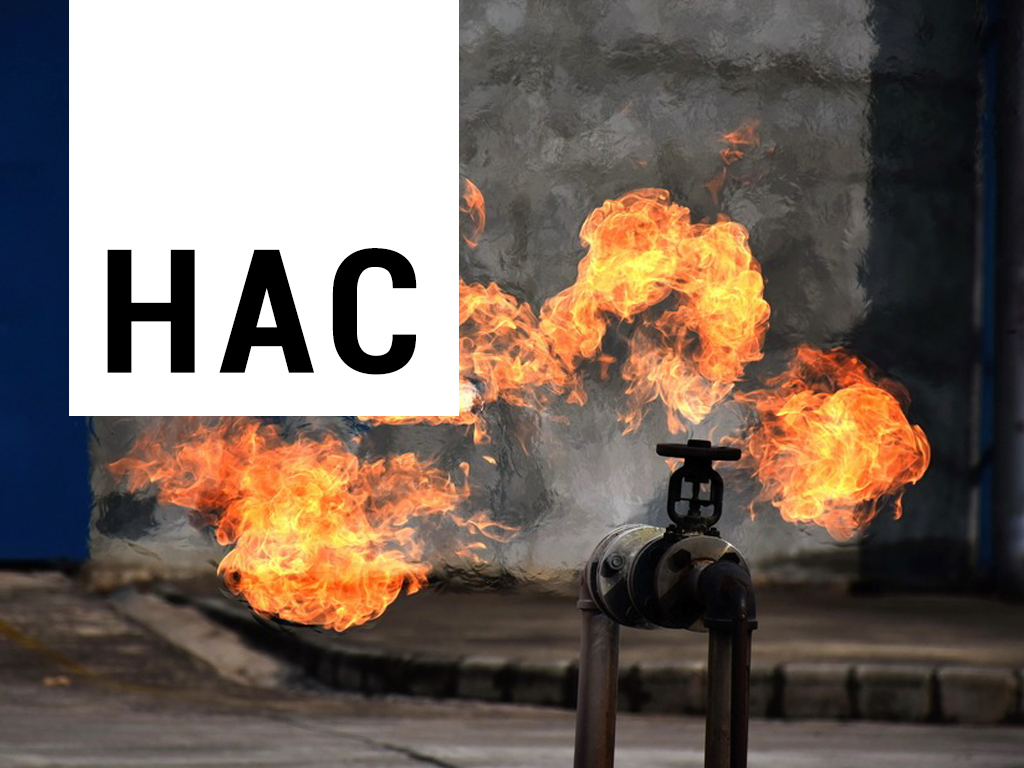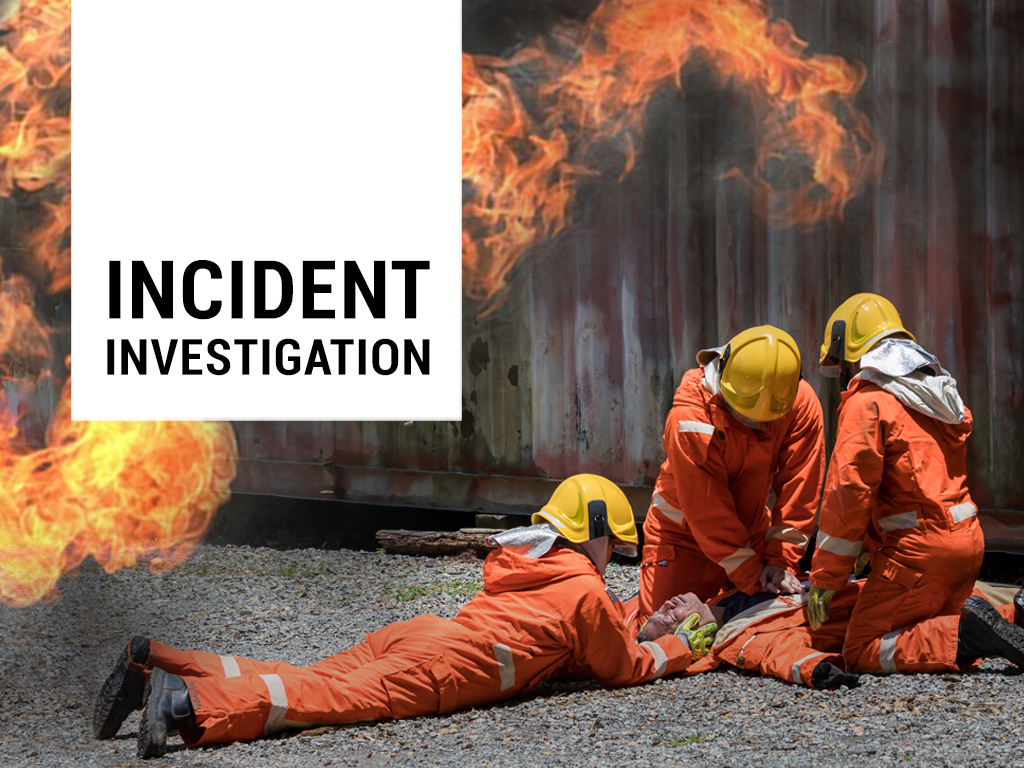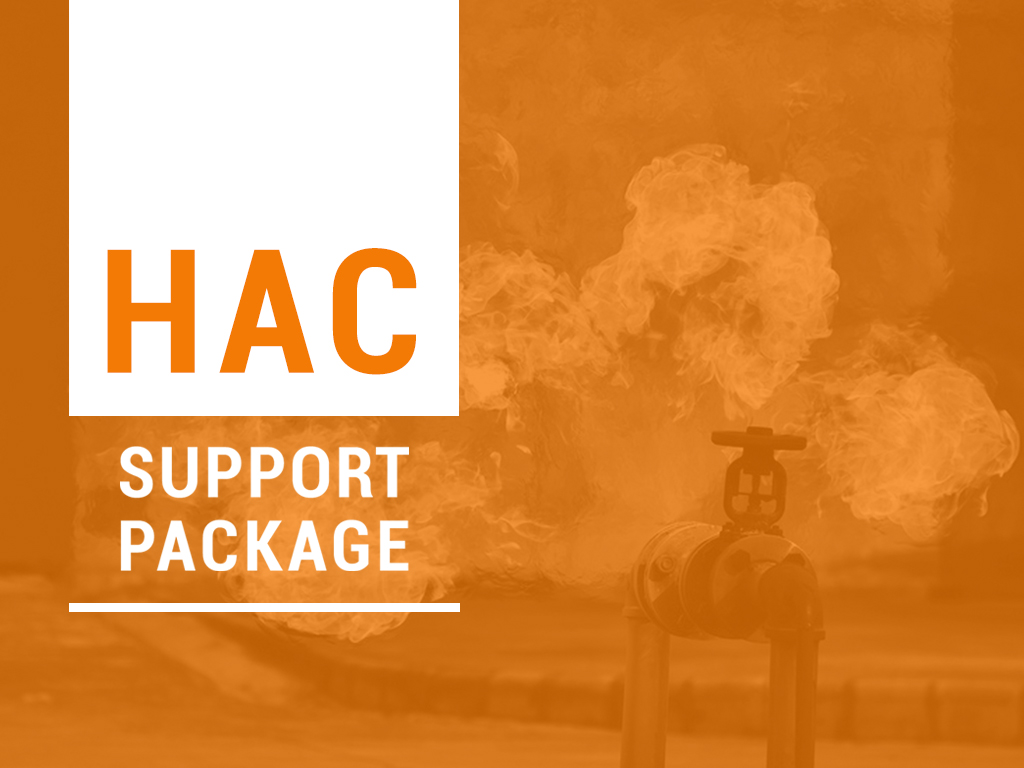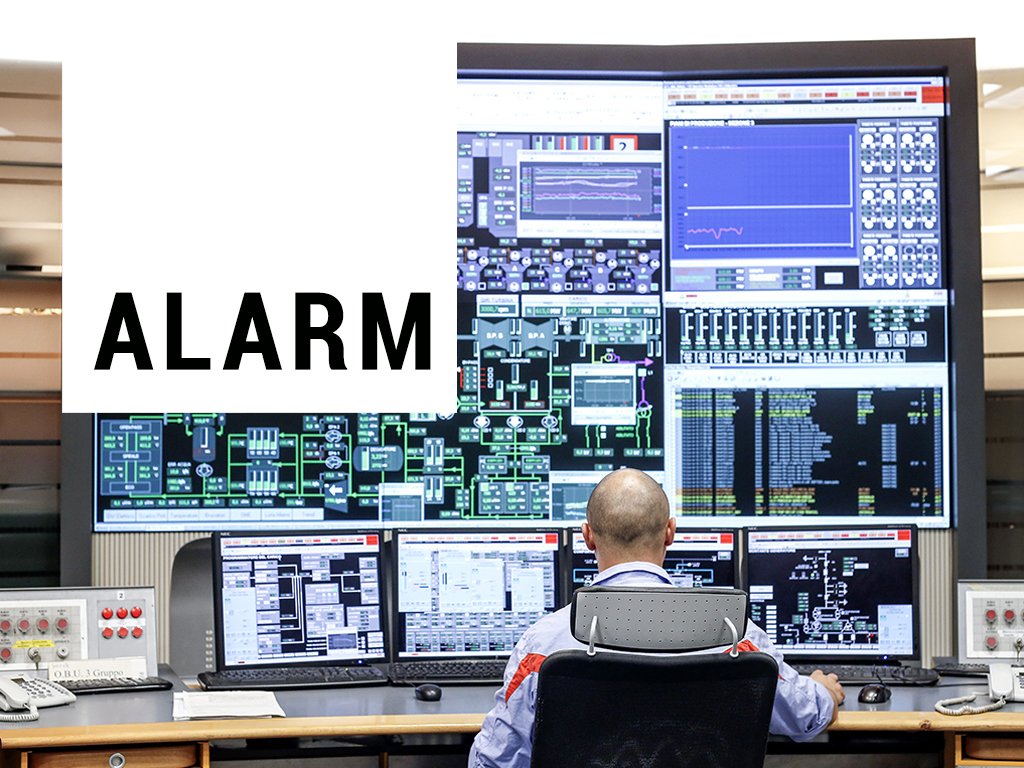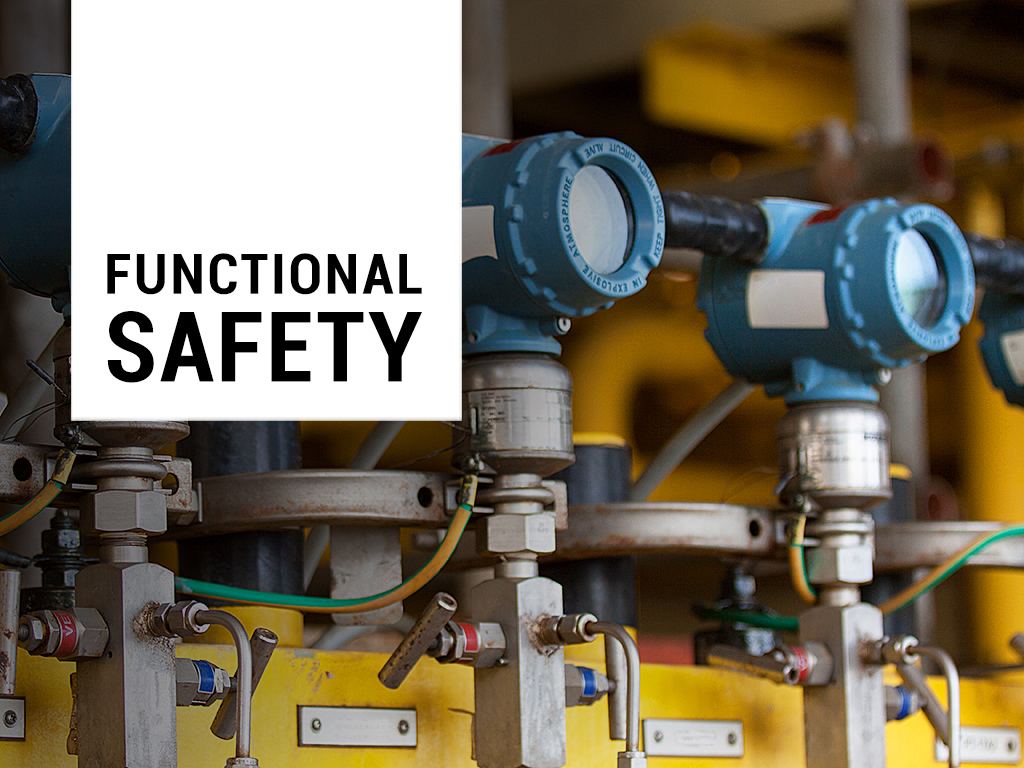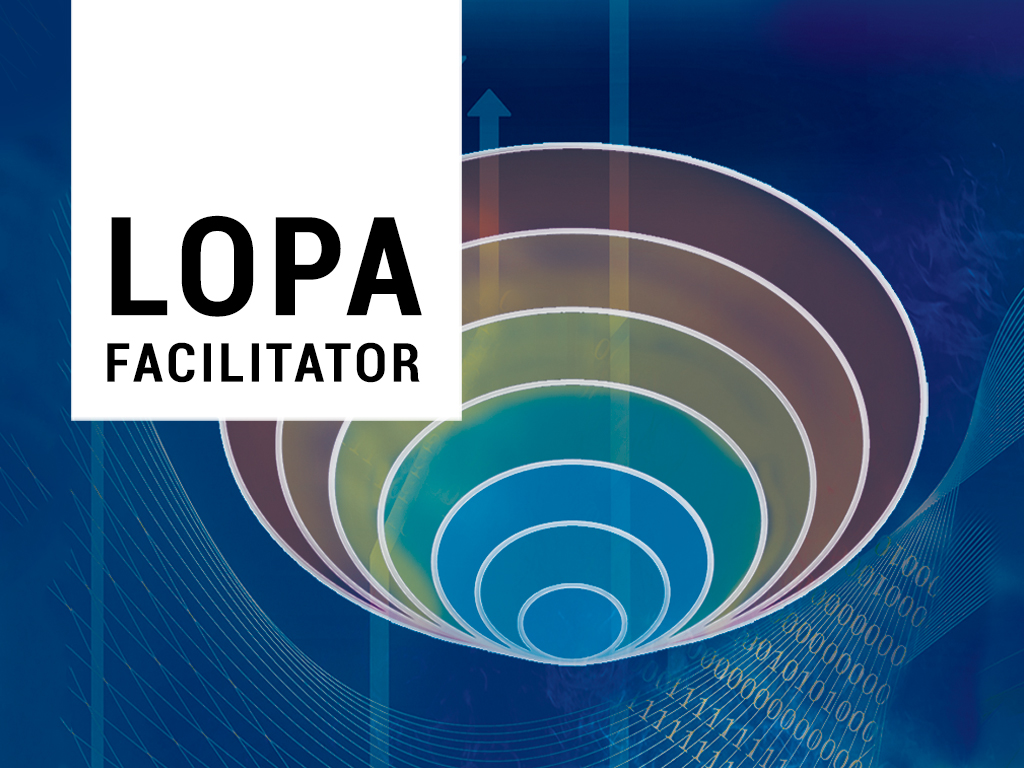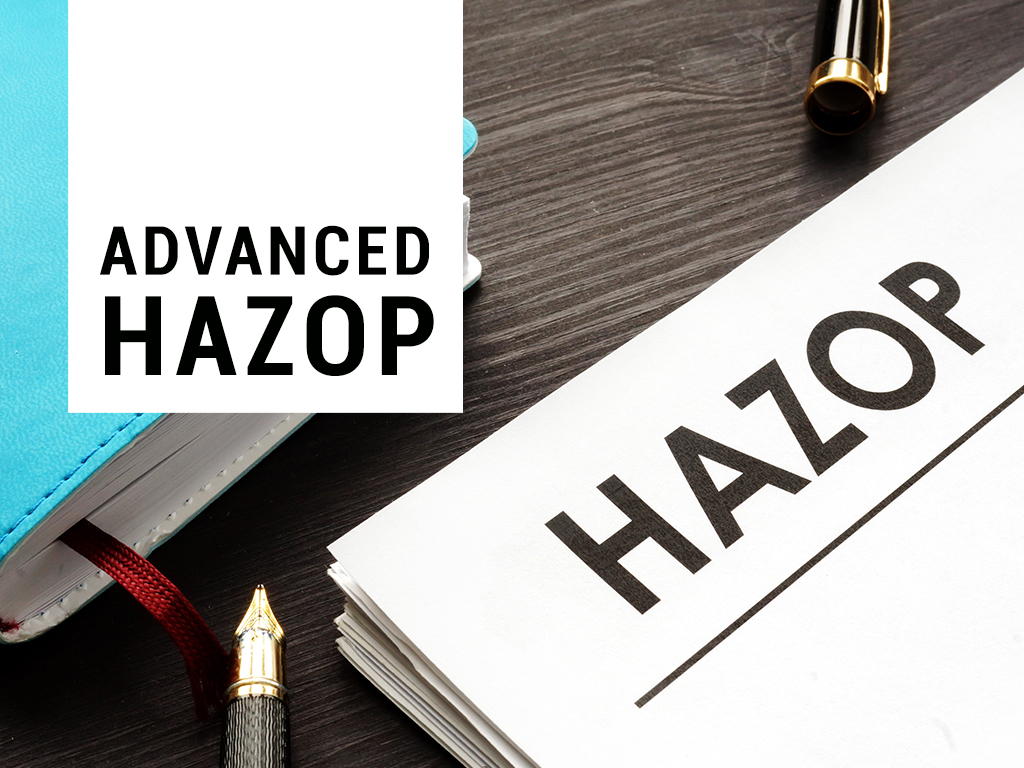Hazardous Area Classification
This 3 day course will teach the competencies required to develop a Hazardous Area Classification of explosive atmospheres based on the requirements of AS/ NZS 60079.10.1:2022 and AS/ NZS 60079.10.2:2016. Explosive atmospheres result from the presence of flammable gases, vapours and dusts.
This course is designed for practising chemical / process, electrical / electronic and mechanical engineers.
This course has the option of an additional 3 hours of one on one training with a senior consultant and can greatly lift your capabilities in a real-world setting. Just select ‘Course + Competence Support’ from the drop down on the registration form when you click the ‘Register Now’ button below.
Hazardous Area Classification Course Content
- Legislative requirements
- Codes, Standards, and Recommended Practices
- Basic combustion concepts and terminology
- Material flammability & property estimation
- Categorisation of material based on flammability
- Release grading and HAC Zone definition
- Methods of Area Classification
- Standard examples – specific and generic
- Point-Source Releases and dispersion
- Airflow for ventilation and dispersion
- Electrical equipment designation
- Documentation Requirements
This course can be run online or face-to-face.
In New Zealand and Australia, HAC assessments for flammable fluids are covered under AS/NZS 60079.10 , which states that:
“The area classification should be carried out by those who understand the relevance and significance of properties of flammable materials and those who are familiar with the process and the equipment along with safety, electrical, mechanical, and other qualified engineering personnel.”
The Hazardous Area Classification course will:
- Provide an introduction to the relevant gas or dust combustion, vapour/liquid equilibrium, fluid mechanics, and dispersion analysis calculations.
- Provide an overview of the national and international codes and recommended practices for the classification of Hazardous Areas.
- Teach and practice a number of different techniques for establishing the degree and extent of the classified areas.
- Enable assessment of the hazardous area required for releases outside the scope of prescriptive examples.
- Provide an overview of the different design bases for the types of electrical equipment protection certifiable for use within specific hazardous areas.
- Provide guidelines on documenting the HAC assessment.
The competency requirements for hazardous areas are further detailed in AS/NZS 4761, which states that a candidate seeking assessment in this unit shall have been deemed competent to gather and analyse technical data in a relevant engineering or scientific discipline at AQF 7 or NZQF Level 7, which is equivalent to a bachelor’s degree.
All attendees who attend and pass the course will be given a certificate of attendance. However, only those with a suitable qualification for the competency requirements listed in AS/NZS4761 (Bachelor’s degree or equivalent) will be allowed to complete the post-course case studies and be awarded their certificate of competency.

